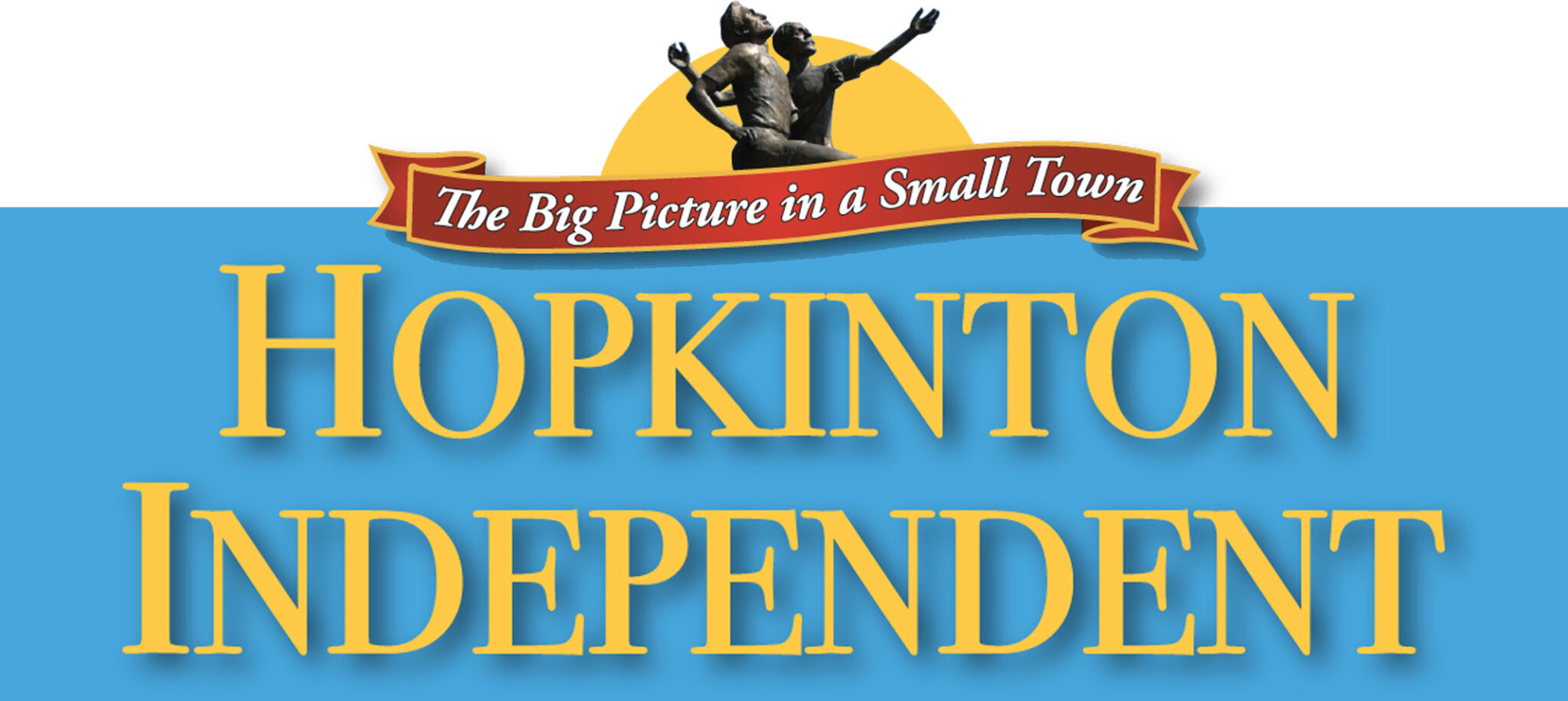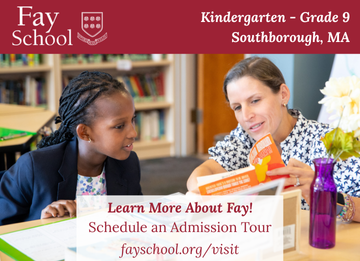The Trails Committee used Wednesday night’s meeting to articulate about 30 goals that will be prioritized and eventually put into a master plan as the new committee coalesces and gains momentum.
Member Fran DeYoung stood in front of a large easel, writing down ideas as members voiced them. Initial thoughts included trail connectivity, a map of current and proposed trails, a short-term action plan and a status update on the Upper Charles Trail.
Vice chair/treasurer Scott Knous said this meeting was to “spitball out ideas” that will be refined. Its intent was to have a loose format that encouraged everyone to participate.
Communication was a top priority for DeYoung, with the public as well as with other boards and committees. Outreach would “give people a sense that the two groups are now working together as one.”
The two groups DeYoung referenced were the Upper Charles Trail Committee (UCTC) and the Trail Coordination and Management Committee (also formerly called the Trails Committee or TCMC). Both committees were disbanded by the Select Board last year. Diverging opinions about the direction of the Upper Charles Trail Committee came to a head in 2023, when Town Meeting voted in favor of a nonbinding article to disband the UCTC. Members from both former committees, along with three new members, were appointed to the new nine-member Trails Committee in January by the Select Board.
“They have shared interests, shared goals and priorities,” he added. “And then it’s a work in progress.”
In addition to traditional and social media channels, DeYoung suggested TikTok-style videos on trails that will create a “very organic, grassroots digital presence.”
Branding, potentially through an outside resource, could create signs and emphasize the Trails Committee’s presence in town, members agreed. The TCMC previously created a sign design.
Member Jack Buckley suggested creating a map of all current and potential trails to use as “a decision tool.” Areas where trails are needed was a related topic, as well as defining some characteristics such as accessibility and suitability for mountain bikes.
Said Buckley: “I don’t think it’s necessarily true that every trail is a good trail.”
There should be criteria established to evaluate proposals for new trails, including how trails connect to town destinations, Knous stressed.
Member Jane Moran noted that the Hopkinton Area Land Trust (HALT) website has an interactive trail map, while clerk Linda Chuss recommended the Hopkinton Trails Club’s website as a reference. HALT director Chuck Dauchy suggested using MassMapper, a state mapping tool, to create an overlay for the trail map.
Moran stressed the importance of connecting with other boards and committees. Moran, a Planning Board and Open Space Preservation Commission member, spoke about successful collaboration between the OSPC and HALT. Connecting and working with stakeholders is critical, she noted, and would promote community education and awareness.
Regular updates to the Select Board was another topic mentioned, as well as connecting with the committee’s Select Board liaison.
Another key issue mentioned by member Sean Kimball was trail maintenance. He also mentioned seeking public and private grant funding.
Chair Peter LaGoy said preserving the existing trails was important. He noted that there are 24 acres of privately owned land that could be developed near the popular Center Trail, which would impact the trail’s character and usage.
He also mentioned enforcement of rules on trails as a possible goal, although he was unsure of how that could be accomplished. He cited the TCMC initiative last year stressing the town’s leash law, while Chuss mentioned e-bikes traveling on trails at high speeds. Unleashed dogs and speeding electric bicycles and scooters create hazards for walkers and bikers.
During her comments, Chuss created what could become a potential trail slogan: “Something for everyone.” She also stressed the importance of data collection for the town to show trail use metrics and popularity.
After about 30 ideas were generated, Kimball asked that they be grouped into eight categories specified by the Select Board. They included: making the town more pedestrian friendly, being the town’s primary point of contact and sounding board for residents, developing the Upper Charles Trail, managing trail development, public outreach, trail development and management, seeking grant opportunities and advising the town on trail-related issues.
Short- and long-term goals and time frames for action was important, noted Chuss. She suggested that members prioritize their top three goals.
LaGoy said work already done by the TCMC could be acted upon relatively quickly.
LaGoy will create a spreadsheet for the next meeting on Feb. 27 to present the categorized ideas. This will be a springboard for determining the top immediate and long-term goals for an action plan. Eventually a master plan will be formed incorporating the broader spectrum of input. The budget also will be discussed at that meeting.














0 Comments